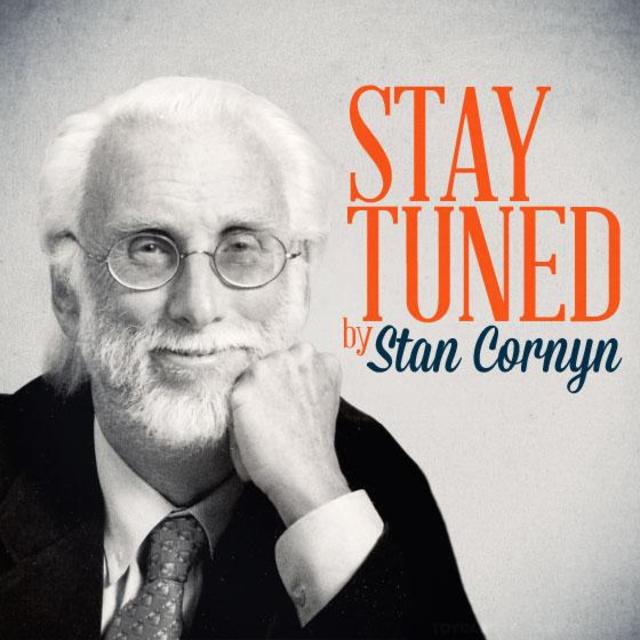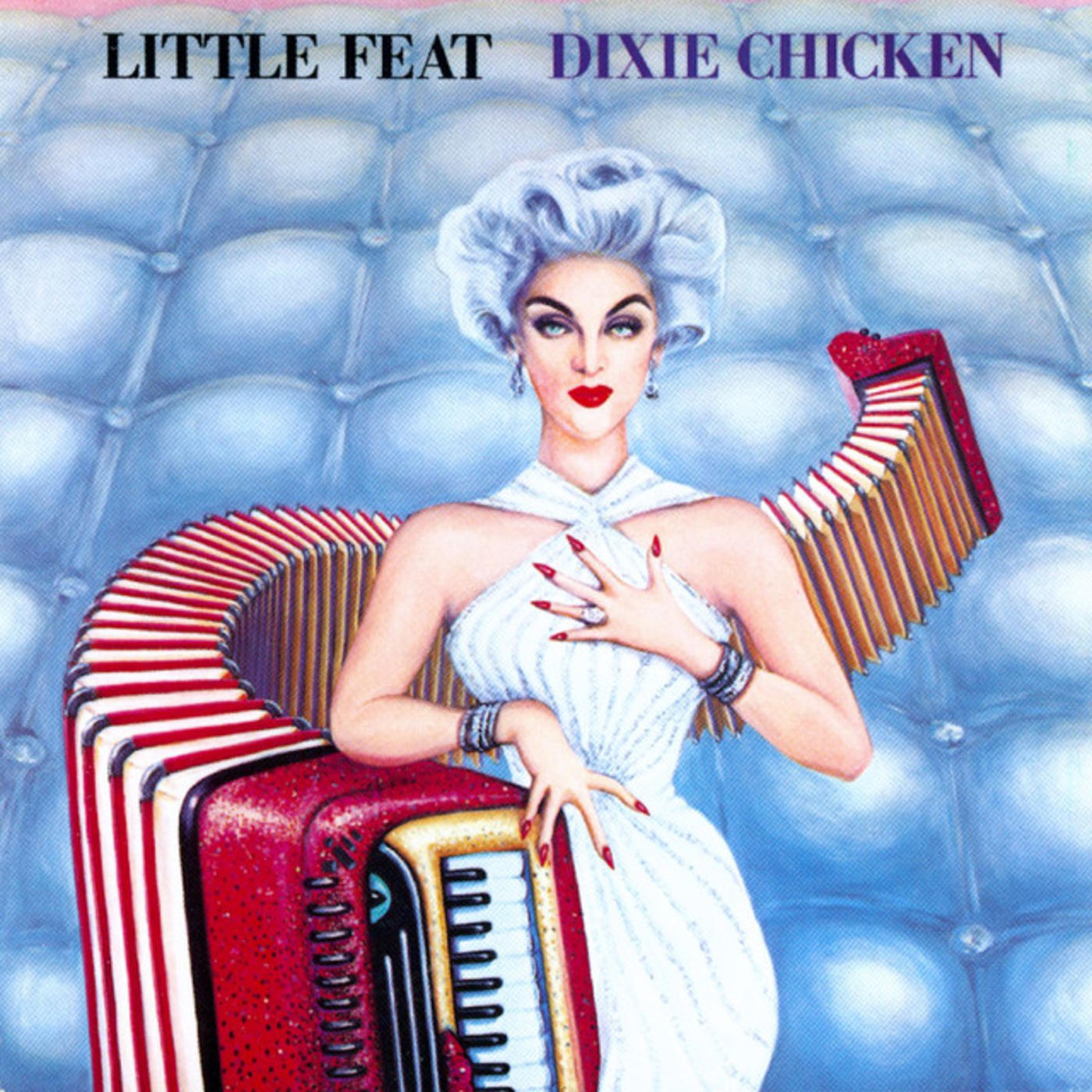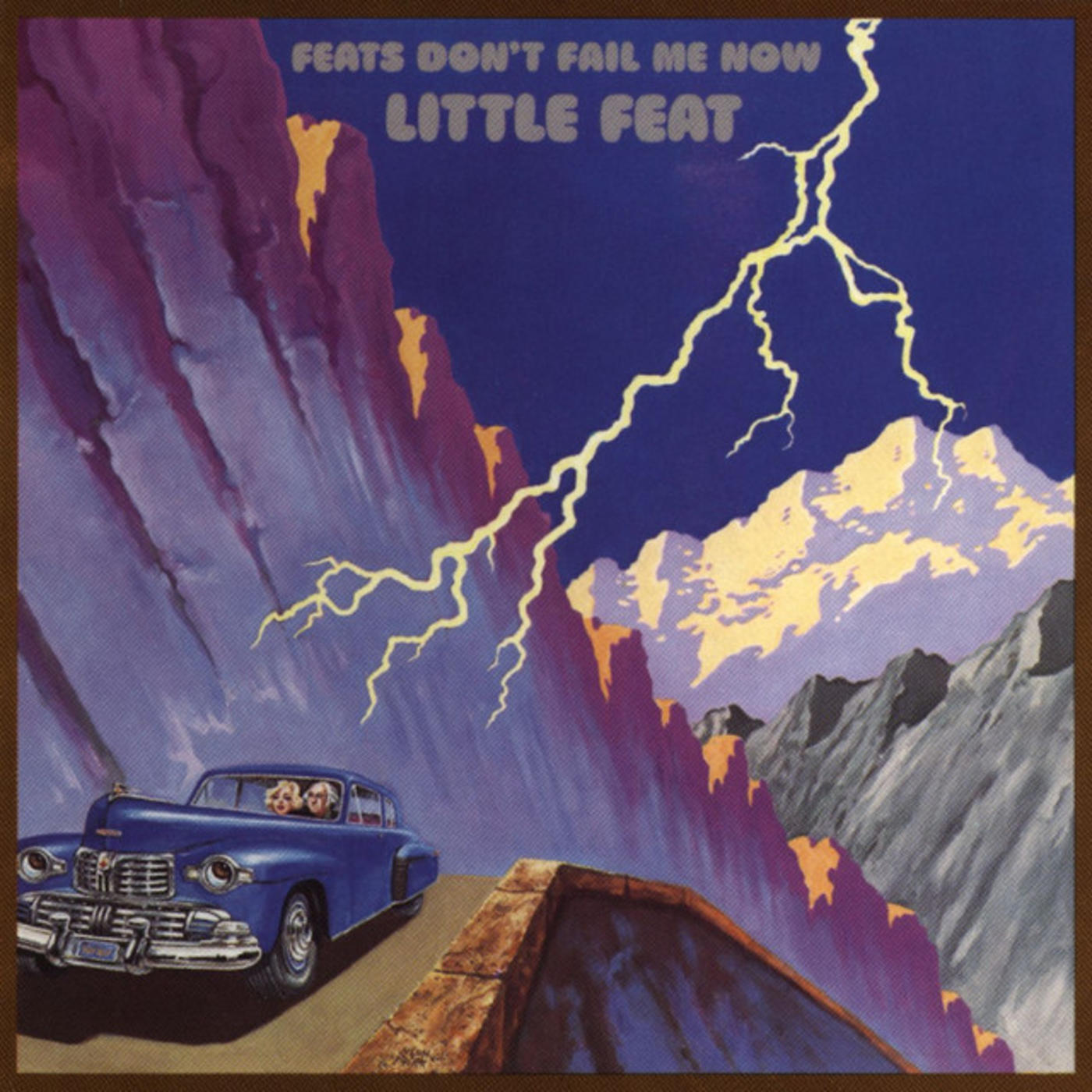Stay Tuned By Stan Cornyn: Playing with Little Feat

Every Tuesday and Thursday, former Warner Bros. Records executive and industry insider Stan Cornyn ruminates on the past, present, and future of the music business.
1971-1979
The hero of this short saga was named Lowell George.
During the 1970s, he struggled with his ever-changing band, a group who seemed always to have a different sound in mind than Lowell did.
Still, through it all until his early death, Lowell George made the records of a hero. Here’s how:
George had been a member of Frank Zappa’s Mothers of Invention, and before that a band known as The Factory, and before that in a band known as The Fraternity of Man (one hit: “Don’t Bogart Me” in the movie Easy Rider).
But even Frank Zappa had not been a good Mother for Lowell and his guitar. Zappa asked him to leave the Mothers based on Lowell’s writing the song “Willin’,” which Zappa believed to be about dope.
Still and all, Zappa willingly recommended signing Lowell George to Warner Bros. Records. And the label heard in Lowell that “music hero,” too. He was signed. With his band. Long term.
In late summer, 1970, Lowell George’s new band recorded its first album. He’d named the band Little Feat, based on drummer Jimmy Black’s observation of Lowell’s feet, which he noticed were “little.” Not a major background story there, but it’s true.
1971: Little Feat, the Album
Little Feat, the album itself, got released in January 1971. It was noticeable, its cover showing a mural in Venice, California, entitled “Venice in the Snow.”
The album was produced for Little Feat by Warner staffer Russ Titelman. It became the first of eight Warner albums before the break-up of this version of Little Feat in 1979. This group played the blues -- Southern rock and swamp rock -- including two songs by Howlin’ Wolf (“Forty Four Blues” and “How Many More Years”). The other songs were often collaborations between Lowell George and Feat’s pianist, Bill Payne. Their songs have intriguing titles, like “Truck Stop Girl,” “Brides of Jesus,” and “Crazy Captain Gunboat Willie.”
The notorious “Willin’” was also to be a feature in Little Feat, but its guitar solo had to be done by sub guitarist Ry Cooder after Lowell George cut his hand while building a model airport. (“Willin’” with Lowell hiself on guitar would be re-recorded for their next album, Sailin’ Shoes.)
1972: Sailin’ Shoes
The second album, Sailin’ Shoes, also drove critics wild. Seriously. And “Willin’” by a now-healed Lowell George doing his slide guitar became a classic, even to this day. Linda Ronstadt soon covered the tune.
Sailin’ Shoes’ cover was designed by artist Neon Park, who lived in Topanga Canyon, an hour west of Hollywood (along with Lowell George) and who designed cover art to remember. Park had previously done the art for Zappa’s Weasels Ripped My Flesh.
Neon Park’s first for Little Feat was his double (front-back) LP cover for Sailin’ Shoes:
Park’s cover for Sailin’ Shoes gave some people the willies. It featured Gainsborough’s Blue Boy (far right) and a snail, both of them spying on a frolicking female cake who is missing a slice from her torso. Grotesque moderne.
Park would remain cover-artist for Little Feat from hence out.
This new Warner album was produced by Warner-star-producer Ted Templeman, a reflection of the high regard in which WBR’s music staff held Lowell George. That regard was abnormal both in its height and the length of time it lasted. Unlike most new artists signed to Warner/Reprise, without some significant sales, they’d be dropped from the label. Not Little Feat, however. They became company pets. And after Sailin’ Shoes, no one else would produce Little Feat, only Lowell George, on albums until 1977.
But membership of Little Feat kept changing. By the next year, it was a different band.
1972: Dixie Chicken
Lowell George still stood center, but the band behind him now sounded what got called “New Orleans funk.” A different kind of Little Feat, with major, R&B energy pouring out.
They started making this next album, one they first called Handcuffs and Accordions, based on Neon Parks painting. Then they realized, who’s going to buy an album called Handcuffs and Accordions?
So now (Jan. 25,1973), it became Little Feat album three: Dixie Chicken. The phrase came from the third track in the LP: “Roll Um Easy.” And the title song, “Dixie Chicken,” with George’s larger group of six, would serve to define the Little Feat sound for half a decade more.
I've seen the bright lights of Memphis and the Commodore Hotel
And, underneath a street lamp I met a Southern Belle
Well, she took me to the river where she cast her spell
And, in that southern moonlight she sang the song so well
If you'll be my Dixie Chicken, I'll be your Tennessee Lamb
And we can walk together down in Dixieland
Down in Dixieland
Lowell George was now the producer.
Hear “Fat Man in the Bathtub” via YouTube:
1974: Feats Don’t Fail Me Now
Little Feat’s New Orleans sound continued into album four: the studio-produced Feats Don’t Fail Me Now. Little Feat was by now a legend within Warner Bros. Records, despite its mediocre sales. Its sessions attracted talent. In Feats, background singers included Emmylou Harris and Bonnie Raitt.
As for tries at hit singles, this album gave birth to Lowell George’s “Spanish Moon.” Watch a live performance of “Spanish Moon,” with Tower of Power’s Horns here:
But “Feats” didn’t run up the charts either.
When interviewed about his slow-moving career, Lowell said, “All I really want to do is make records. Play for an audience, too – but I want to make records especially. I’ll do it in my living room, if I have to.
Then, the band split for a few months, from a cash lack.
Lowell George explained, “Little Feat have an enthusiastic following, but haven’t sold a whole lot of records across the country yet.”
“We kinda felt that the time had come for us to do a little realization of the fruits of our labors,” explained guitarist Paul Barrere, “ since we’ve always gotten offers from folks to go all over the place and make lots more bread than we’ve been doing in this band.”
During the split, working with bands like the Doobie Brothers and Bonnie Raitt, the band members realized, sadly, “All this stuff that we’d worked years to get together for us ended up finding its way into other people’s music.”
They reunited for an album they called …
1975: The Last Record Album
And now, time for album five: a different sound from Little Feat: jazz rock. Confusion within Little Feat continued. The group’s dummer, Richard Hayward, had a motorcycle accident, and the album liner for The Last Record Album got decorated with his hospital bills. And lyrics for the tune “Hi Roller,” printed on the sleeve, were X’d out and “maybe next time” written across them. Which would come true with “Hi Roller” showing up on album six:
Critics, however, pointed to the best in this album, tunes like “All That You Dream,” “Long Distance Love,” and “Mercenary Territory,” calling these “essential.”
1977: Time Loves a Hero
Despite the combo of Hispanic sites on this cover, this sixth studio album came out with more beat-heavy tunes, including Lowell George’s own “Rocket in My Pocket.” And as promised, “Hi Roller.”
But both the band and its label agreed that next should come a true, “live” album, one that would better capture the best virtues of Little Feat: being there.
1978: Live and Death
Beginning in 1977, the group had recordings made in key concerts, in London and Washington. From these came album seven: Waiting for Columbus. It was big. Four sides of memorable performances.
Long solos got kept, like “Dixie Chicken,” with piano-at-length by Bill Payne, Tower of Power was there, and a guitar jam between Lowell and co-guitarist Paul Barrere. Good ol’ tunes like “Don’t Bogart That Joint” got revived. As did “Sailin’ Shoes,” now running 6:18.
The album emerged on Feb. 10, 1978. Critics went nuts, and this time so did record buyers. Columbus became the band’s first gold record.
But not Lowell George. He felt fed up with all the changes in his band, changes of sidemen, changes of style. He decided to disband his band.
Lowell Going Solo
Democracy, he said, is not how bands do best. He particularly was sick of “jazz/fusion.”
He told Warner Bros. Records “enough” of Little Feat, which he called America’s Best Unknown Band.
Others in the band felt that Lowell was afraid of success. He could not endure a self-promotion tour. Lowell argued back against the theatrics of live performing: “Flash pots and smoke bombs are okay, I guess, but what the hell has that got to do with music?”
So it was “no” to any more tours.
Lowell George made a solo album for Warners: Thanks, I’ll Eat It Here. Cover art, once more, by Neon Park, based a bit on Manet’s painting, Le Dejeuner sur l’Herbe, with Lowell in a bathrobe and, in the background, Fidel Castro, Marlene Dietrich, the White Rock Lady (bent over in back), and Bob Dylan. Enough to keep Warners’ legal department busy for a while.
Then Lowell George hunkered down in his Topanga Canyon mountaintop ranch home, 20 miles from Hollywood, with his wife, her son from her first marriage (Jed), two from his first marriage with Pattie (Forrest and Luke), and a daughter from this marriage (Inara).
He could be honest now about his shoe size: 9½.
And then, in June, 1979, age 34, Lowell George died of a heart attack in his hotel room in Arlington, Virginia. Others speculated that “heart attack” was the result of his over-weight, his drug use, and the strain of so much touring.
But through and after it all, Lowell’s family went on.
Little Feat reformed and played on. And for both, the support of a record label continued on, a label that, for Lowell George and his group, had always managed to –
- Stay Tuned


